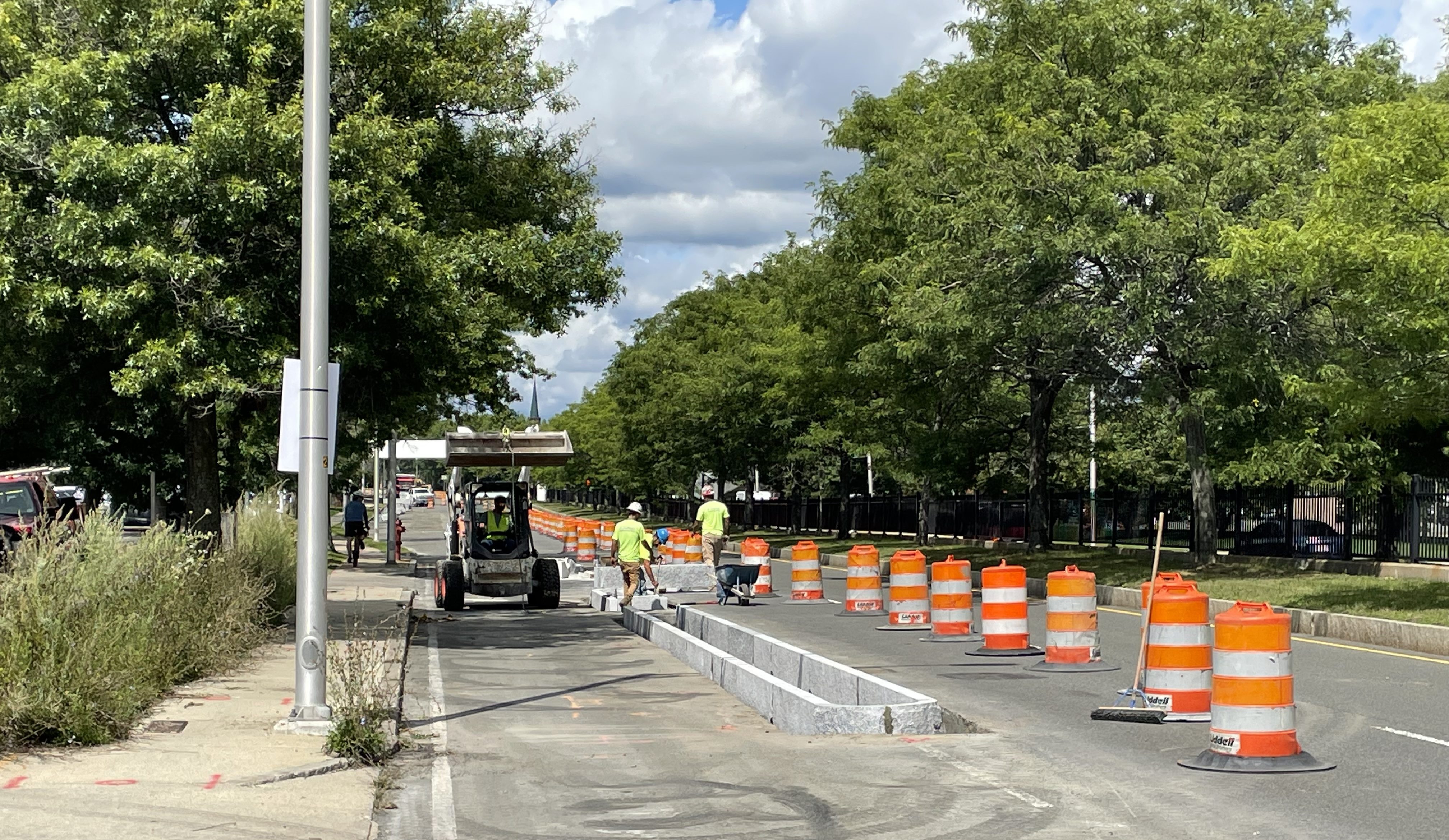I get what you are saying by wanting something of more substance backing up the decision making process. I think what others are pointing out, is that substance may be hard to find on CHA specifically. It appears that my image snip did not come through my last post, but for the specific project on CHA, I think there is substance in the discussion point of completing a north/south connection from town line to town line. It is connecting to a larger overall network instead of a piecemeal approach.Prioritizing decisions that will help the most people
- 2a. This means prioritizing streets where more people ride, when all else is equal
- This point seems to be getting the most pushback, as the messages that I'm responding to are claiming the opposite to be true..
- 2b. This means prioritizing streets with more hostile design, when all else is equal
I do want to come back to your example one last time though because I believe this example actually shows that we should prioritize Street A (in your example only, separate from the CHA discussion). Street B is already proving to have ROW Equity in that people feel safe to ride/walk/drive on the street, so one could ask, why do we need to improve said street if the safety feelings are already there? It can be improved later on as the larger network grows and connects. Street A on the other hand is clearly a more hostile roadway design (less ROW Equity) and you are more likely to see a substantial percentage jump in mode share by providing a safer roadway design that makes people feel more safe utilizing that route. I'd be willing to bet that there is also more commercial or other non-residential uses along Street A based on how the USA has developed over the last few generations. The way that much of suburban USA has developed is to put commercial or other non-residential uses on bigger, busier roads so when talking about a complete network and ROW Equity these mode shares should allow people to get to those commercial or other non-residential uses, which is obviously a massive social shift in the USA.
- Street A: Two driving lanes, 25 mph, wide shoulders, average sidewalks, 99.9% automobile mode share and 0.1% cycling/micromobility share.
- Street B: Exactly identical street, with two driving lanes, 25 mph, wide shoulders, average sidewalks, 50% automobile mode share and 50% cycling/micromobility mode share.
Streets such as CHA are basically low hanging fruit to finish the build out of a network to allow people to make the choice between walking/cycling/driving. The bigger pain point comes about when we try to provide this idea of ROW Equity for access to these commercial or other non-residential uses in suburban USA. Is choice even a thing at this point? While this logic obviously doesn't apply to ALL communities, I believe that if a town/city is directly served by MBTA frequent train service or shares a border with Boston, that the choice should be inherently built into that city/town.
Brookline has clearly done (based on the snip above) building out a network along the eastern portion of the city, but I believe that CHA provides a solid "border" to allow more urban, ROW Equity to the east of it and more suburban ROW Equity to the west of it.
I could venture a bit more fanatical and argue that Boylston Street (Route 9) from CHA to the Boston border should have a more urban, ROW Equity approach for mode share.
It would tie in nicely with the improvements made at Washington & Boylston

